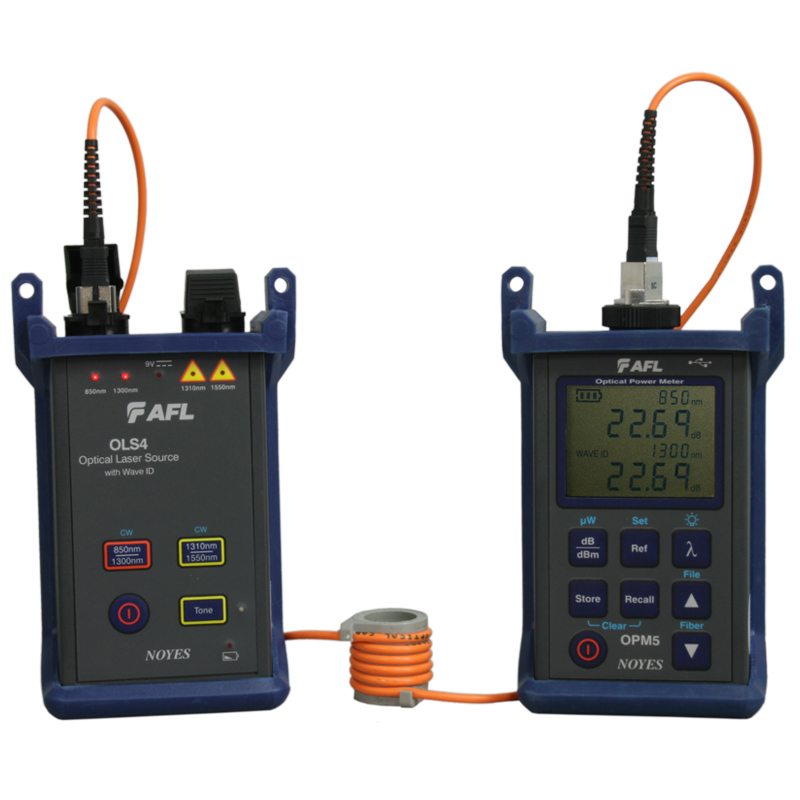High-quality ofda solutions deliver precise fibre testing and consistent results.
High-quality ofda solutions deliver precise fibre testing and consistent results.
Blog Article
Discovering the Conveniences of Optical Fibre Evaluating for Improved Interaction Solutions
The value of optical fibre screening in modern interaction systems can not be overemphasized, as it works as a structure for making certain network dependability and efficiency. Utilizing advanced methodologies such as Optical Time-Domain Reflectometry (OTDR) and insertion loss evaluation, organizations can not only identify mistakes but likewise optimize their arrangements. This positive screening strategy has extensive effects for signal high quality and functional efficiency, elevating the inquiry of exactly how these techniques add to lasting sustainability in an ever-evolving technological landscape. Recognizing these characteristics is necessary for stakeholders aiming to keep an one-upmanship.
Significance of Optical Fiber Testing
The importance of optical fiber testing can not be overstated in today's data-driven atmosphere. As companies significantly depend on high-speed information transmission for day-to-day operations, the stability and performance of optical fiber networks are vital. Testing guarantees that these networks can sustain the substantial quantities of information produced and sent seamlessly, fostering effective communication and connection.
Optical fiber testing offers multiple essential features, consisting of validating installation high quality, recognizing potential faults, and figuring out overall system efficiency. Regular screening can prevent costly downtimes and solution interruptions, allowing organizations to preserve operational continuity. Furthermore, it helps in compliance with industry standards and regulations, guaranteeing that fiber optic installments satisfy required requirements for security and integrity.
Additionally, screening can boost the long life of fibre optic systems. By proactively determining problems such as signal loss, attenuation, or connector failures, companies can resolve issues prior to they rise, hence expanding the life of their framework. In summary, optical fiber screening is not simply a technical requirement but a tactical investment that enhances network dependability, maximizes performance, and ultimately supports the development and effectiveness of modern-day communication systems.
Secret Evaluating Techniques

OTDR is a crucial strategy used to determine mistakes, action splice losses, and assess the overall integrity of a fibre optic web link. By sending a pulse of light down the fiber and assessing the shown light, service technicians can determine areas of faults and examine the network's efficiency over fars away.
Insertion loss screening determines the amount of signal loss that occurs when light passes with a link or splice. This technique is vital for verifying that connections fulfill specified loss limits, which is essential for preserving ideal performance in communication systems.
Optical return loss testing quantifies the quantity of light showed back towards the source due to blemishes in the fiber or connections. High return loss worths show far better performance and lowered signal deterioration.
With each other, these testing techniques give a detailed analysis of fibre optic networks, guaranteeing their dependability and capability in varied interaction applications.
Influence on System Performance
Efficient optical fiber screening straight influences the general efficiency of interaction systems. By ensuring the honesty of fiber optic cables, testing recognizes potential faults such as depletion, splice loss, and adapter imbalance. These issues can substantially degrade signal top quality, causing interruptions and decreased information transmission speeds.

Additionally, normal optical fibre testing adds to long-lasting system sustainability. It makes it possible for early detection of wear and tear, enabling timely maintenance visit site and upgrades before significant failings occur. This not only extends the life-span of the framework however additionally ensures that communication systems remain affordable in terms of efficiency.
Cost-Effectiveness and Effectiveness
Cost-effectiveness is an essential consideration in the click this deployment and upkeep of optical fiber networks. Carrying out durable optical fibre testing treatments can substantially lower functional costs by identifying problems prior to they escalate right into significant troubles. ofda. By spotting faults, depletion, and various other performance obstacles early, companies can stay clear of expensive repairs and downtime, which can interfere with services and cause revenue loss
Moreover, efficient testing methodologies enhance the installation procedure, allowing specialists to work extra successfully. This equates to decrease work prices and faster project completion times. Advanced screening equipment, such as Optical Time Domain Name Reflectometers (OTDRs), enables a precise evaluation of fibre quality, making certain that only optimal products are utilized, consequently lessening waste.
Routine screening also adds to much better resource appropriation. By recognizing the network's efficiency, organizations can make enlightened decisions about upgrades and expansions, guaranteeing that financial investments are made where they are most needed. In summary, optical fibre screening improves cost-effectiveness and performance, sustaining the long-lasting sustainability and competitiveness of interaction systems in an increasingly demanding market.
Guaranteeing Long-Term Dependability
Applying extensive optical fibre screening not only boosts price financial savings and functional effectiveness but likewise plays a critical function in making sure the lasting dependability of interaction networks. Regular testing practices, consisting of depletion and transmission capacity assessments, assistance determine potential destruction in fiber efficiency prior to it results in solution disruptions.
By employing innovative testing approaches, network drivers can identify mistakes or weaknesses in the fiber facilities, enabling prompt remediation. This positive technique decreases downtime, guaranteeing that interaction systems continue to be practical why not try these out and reliable. Regular testing adds to the development of a more durable network, as operators can adjust and enhance their framework based on real-time data understandings.
In addition, making sure compliance with market criteria with optical fiber screening strengthens the quality and integrity of the whole interaction system. This adherence not only strengthens self-confidence among stakeholders however also aligns with regulative needs, which are increasingly strict.
Verdict
In final thought, optical fiber screening works as a fundamental part in improving communication systems. By utilizing various screening methods, such as OTDR and insertion loss evaluations, networks can accomplish optimal efficiency and reliability. The aggressive identification of faults not only boosts signal quality however additionally decreases downtime, inevitably adding to cost-effectiveness and functional performance. In addition, adherence to market criteria fosters stakeholder self-confidence, ensuring the long-term sustainability of interaction facilities in an increasingly data-driven landscape.
Report this page